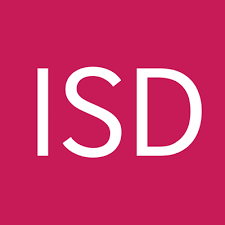The Disinformation Laundromat: An OSINT Tool to Detect Disinformation and Amplification Networks
- Priority Area Supporting Research into Media, Disinformation and Information Literacy Across Europe
- Year 2022, 2023, 2024
- Country Belgium, Germany, Netherlands
- Project Status Completed
Malign information pushed by autocratic regimes, extremist groups, and other malicious actors is a critical threat to open societies. From foreign-backed disinformation campaigns targeting democratic elections to public health falsehoods hampering coronavirus vaccination efforts, democracies are facing profound challenges in the information space.
Detecting websites potentially engaged in networked, malign influence campaigns is fundamental to our understanding of how harmful information reaches audiences online. To date, however, most of the research into manipulation efforts has focused on social media. But the scaffolding of the internet is still the creation of websites that produce much of the content that is eventually posted and shared.
Part of the problem with current investigations into content farms and networked websites is that the process of identifying disinformation amplification networks is largely manual, resource intensive, and limited in scale. Although there are existing OSINT and media tracking tools that can provide useful pieces of the puzzle, there is not a single analytic tool that pulls together the various threads that analysts need to investigate linkages between bad actors and suspicious websites. It is therefore vital to better map out the nexus of malicious websites, distribution channels, and monetization mechanisms.
Through a collaboration of the Alliance for Securing Democracy (ASD), the Institute for Strategic Dialogue Germany (ISD), and the University of Amsterdam (UvA), the project will develop an analytic tool designed to achieve three core objectives:
1. automating the initial process of identifying potential disinformation amplifiers;
2. enhancing researchers’ ability to identify and map the distribution networks through which malign actors launder disinformation; and
3. giving researchers an understanding of the financial mechanisms that enable the spread of disinformation online.

